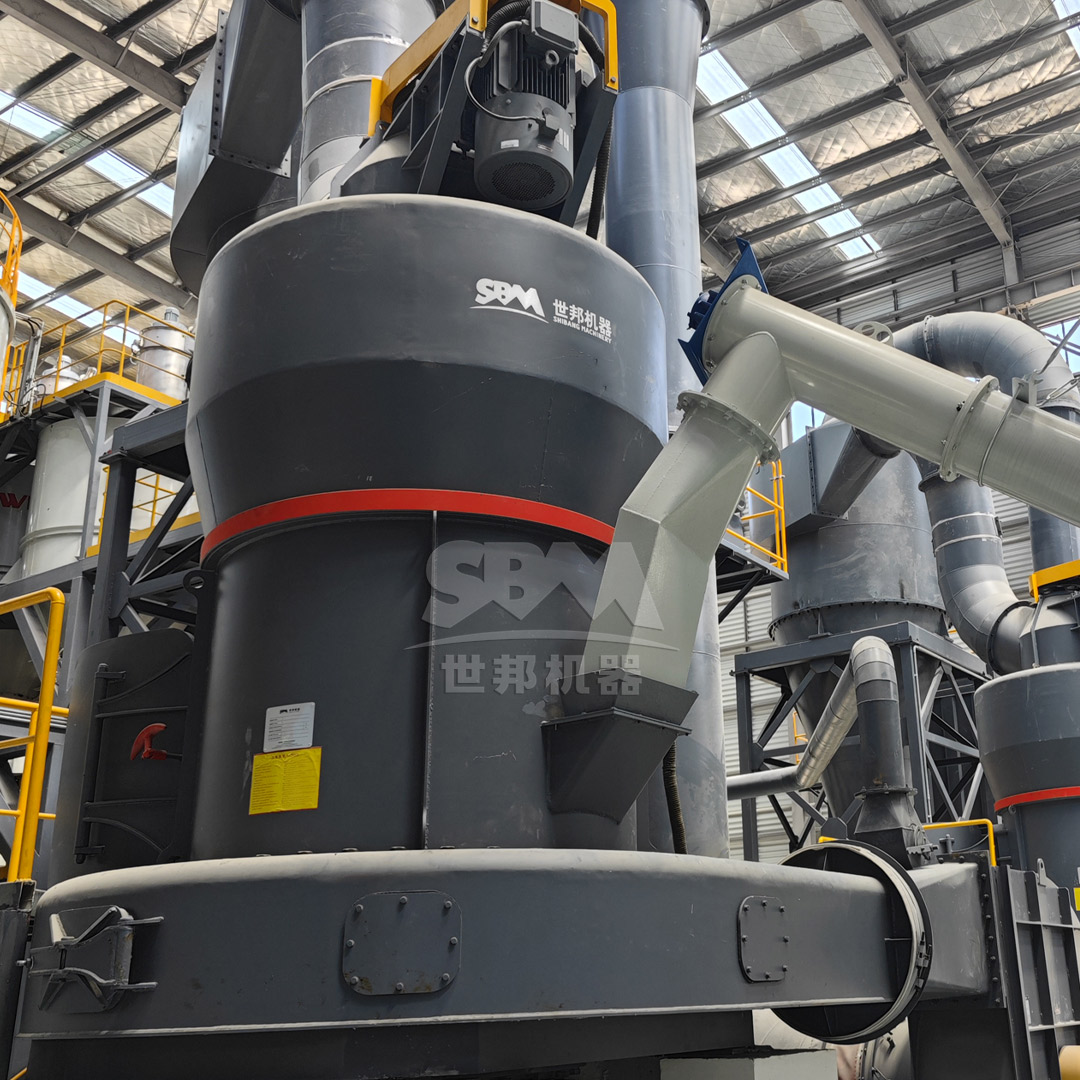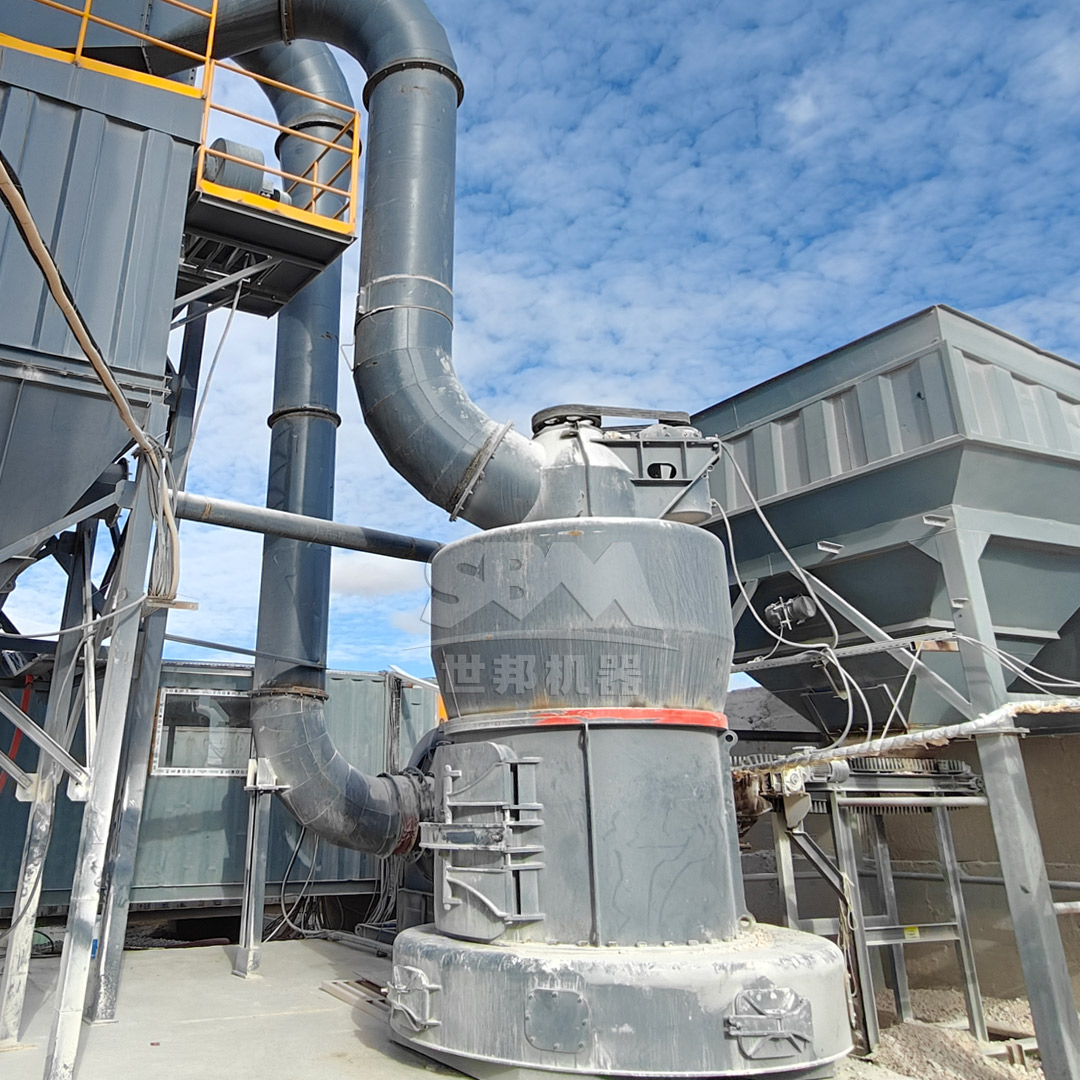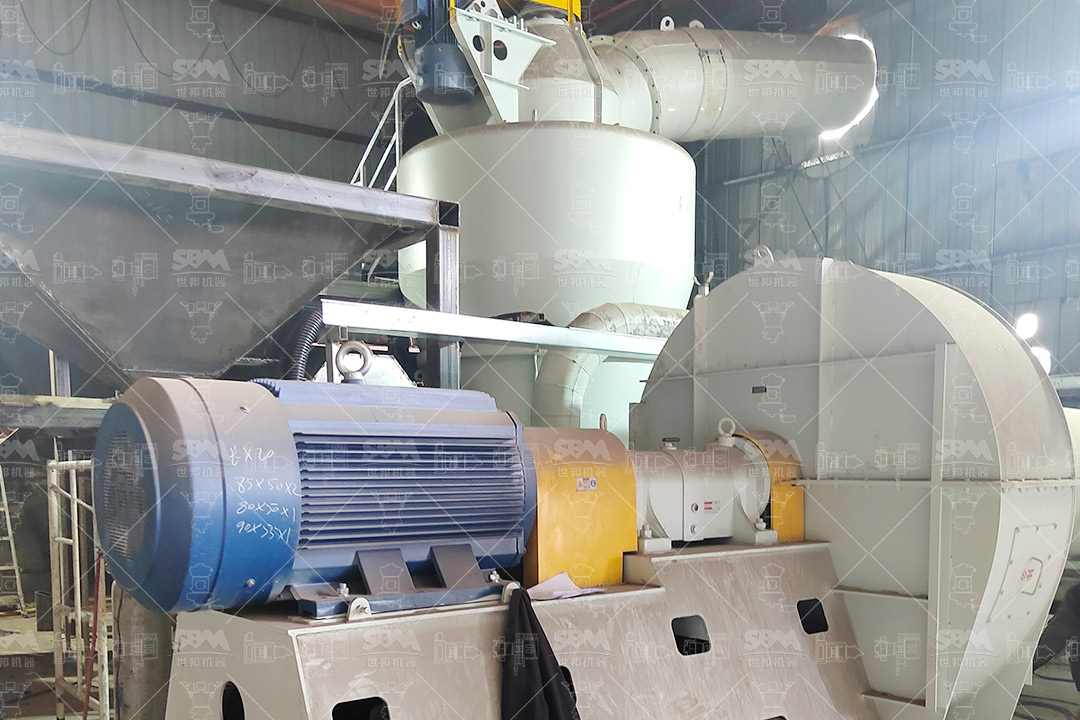The cement industry is a cornerstone of global infrastructure development, and small-scale cement factories play a vital role in meeting regional and local demand. For these operations, maximizing efficiency and profitability is paramount. The heart of any cement plant is its grinding circuit, where clinker is ground into the fine powder that becomes cement. Selecting the right clinker grinding machine is, therefore, one of the most critical decisions for a small-scale factory. The wrong choice can lead to exorbitant energy costs, inconsistent product quality, high maintenance downtime, and an inability to meet market specifications. This article will guide you through the key considerations for this selection process and highlight technological solutions designed to optimize production for smaller operations.
Unlike their large-scale counterparts, small-scale cement factories face unique challenges that directly influence equipment selection. Understanding these constraints is the first step toward making an optimal choice.
Small-scale factories typically have production capacities ranging from 50 to 1,000 tons per day. The grinding equipment must match this throughput without being excessively oversized, which would lead to unnecessary capital expenditure and inefficient partial-load operation. Furthermore, the chosen technology should offer some scalability, allowing for incremental capacity increases as market demand grows without requiring a complete system overhaul.
Grinding is the most energy-intensive stage in cement production, accounting for up to 40% of total electrical energy consumption. For a small-scale plant operating on thinner margins, high energy consumption can quickly erode profitability. Therefore, prioritizing grinding technologies with low specific energy consumption (kWh/ton) is non-negotiable. Modern vertical roller mills and advanced roller press systems often provide significant advantages over traditional ball mills in this regard.
The ability to produce a consistent, high-quality product that meets various cement standards (e.g., Ordinary Portland Cement, Portland Pozzolana Cement) is essential for market competitiveness. The grinding system must be capable of achieving the required Blaine fineness (e.g., 3000-4000 cm²/g for OPC) and have a narrow particle size distribution for optimal strength development. Flexibility to grind blended cements with additives like fly ash or slag is also a major advantage.
Small-scale operators are often capital-constrained. The initial investment (CAPEX) must be justified by lower long-term operational costs (OPEX). This includes not only energy costs but also maintenance expenses, spare part consumption, and required personnel. A machine with a higher upfront cost but drastically lower maintenance and energy bills often provides a better return on investment.
Space can be limited. Compact machinery with a small footprint is highly desirable as it reduces construction costs for the building housing the mill. Furthermore, equipment that is designed for easier installation and commissioning can significantly reduce project timeline and complexity.
Simplicity and robustness are key. Small factories may not have large, specialized maintenance teams. Equipment that is designed for easy access, with long-wearing parts and simple lubrication systems, minimizes downtime and ensures stable, continuous operation.
Several technologies are available for clinker grinding, each with its own set of advantages and limitations.
The traditional workhorse of the cement industry. Ball mills are rotating cylinders filled with steel balls that crush and grind the clinker through impact and attrition.
Modern VRMs have become the industry standard for new installations. They use a bed of material between large rollers and a rotating table for compression grinding.
Often used in combination with a ball mill (hybrid system) or as a stand-alone unit with a classifier. They utilize two counter-rotating rollers to apply extreme pressure to the material.
For small-scale cement factories seeking an optimal balance of performance, efficiency, and cost, the MTW Series Trapezium Mill presents an exceptional solution. This advanced grinding machine incorporates modern engineering principles to address the specific pain points of smaller operations.

The MTW Mill is engineered for high efficiency and reliability in producing quality powders ranging from 30-325 mesh (600-45μm), making it perfectly suited for grinding cement clinker to the required fineness.
| Model | Processing Capacity (ton/h) | Main Motor Power (kW) | Feed Size (mm) | Finished Fineness (mesh) |
|---|---|---|---|---|
| MTW110 | 3-9 | 55 | <30 | 10-325 |
| MTW138Z | 6-17 | 90 | <35 | 10-325 |
| MTW175G | 9.5-25 | 160 | <40 | 10-325 |
For small-scale plants with a capacity requirement in the 30-100 TPD range, models like the MTW110 or MTW138Z offer an ideal combination of compact size, manageable power demand, and sufficient output. Their robust design ensures high availability, while the energy-efficient operation directly translates to lower production costs, enhancing the factory’s competitiveness.
For factories aiming to produce specialty or high-performance blended cements that require a significant portion of ultra-fine material (e.g., high-volume slag or fly ash cement), the SCM Series Ultrafine Mill is the perfect complementary technology or standalone solution.

This mill is capable of producing powders in the range of 325-2500 mesh (45-5μm), far exceeding the fineness of standard cement. Integrating such a mill allows for the production of superior blended cements with enhanced strength and durability properties.
While not typically used for grinding clinker alone due to its extreme fineness, the SCM Mill is invaluable for processing supplementary cementitious materials (SCMs). Adding 20-30% of ultra-fine slag or fly ash from an SCM Mill can significantly improve the final cement’s properties and reduce the overall clinker factor, leading to lower production costs and a reduced carbon footprint.
Before finalizing your investment, work through this checklist:

For small-scale cement factories, the path to optimized production and sustained profitability is paved with smart technological choices. Moving away from outdated, inefficient technologies towards modern, integrated grinding solutions is no longer an option but a necessity. The MTW Series Trapezium Mill stands out as a robust, efficient, and perfectly scalable solution for the core task of clinker grinding. For those aiming to innovate and produce higher-value blended cements, the SCM Series Ultrafine Mill provides the advanced capability to process additives to an exceptional fineness. By carefully evaluating your needs against the capabilities of these advanced machines, you can make an investment that ensures your factory is productive, efficient, and competitive for years to come.